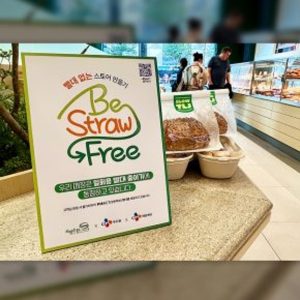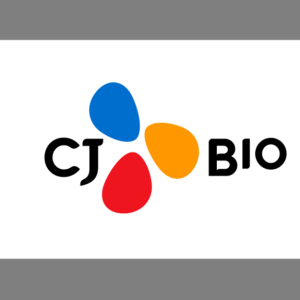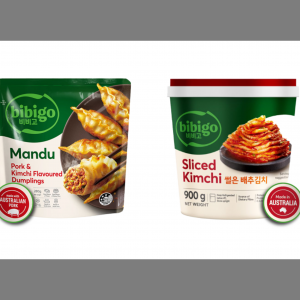For centuries, humans have looked to nature as their main source for everything from food to shelter, clothing to medicine, and more. However, as technology and industry grew, so did the demand for convenient goods that would fit the needs of an ever-changing modern society. This is when plastics made their debut. Although this revolutionary material has made our lives easier, it has also led to mass pollution and environmental damage. What if there was an alternate solution that drew from both nature and technology that could replace traditional plastics moving forward?
This is the driving force behind CJ Bio’s white biotechnology (bio) business. To learn more about the role of white bio in pioneering a safer, brighter and more sustainable future, CJ Newsroom sat down with Max Senechal, CCO and SVP of White Bio at CJ Bio America.

A Different Kind of Family
Q: Can you introduce white bio and explain why it is important for innovation?
Senechal: When the biotechnology industry was first established, it was classified into four areas using color codes: red for health and pharmaceutical biotechnology, blue for marine biotechnology, green for agricultural biotechnology and white for industrial biotechnology. More specifically, white bio refers to replacing traditional industrial chemicals, materials and processes that rely on petroleum with those derived from nature.
The main focus of CJ Bio’s application for white bio is environmental protection. Since nature in general is littered with plastics that will never go away, our goal is to change plastic pollution in a big way. With this in mind, CJ Bio has set its sights on developing a new and different family of biomaterials, and specifically biopolymers, with the aim to reduce the use of traditional plastics.
The New Era of Plastics
Q: This sounds like a very important field for the environment. What are some of the projects that CJ Bio is currently working on?
Senechal: For the past three years, we at the CJ White Bio team have been working diligently to improve the quality and performance of our products. More recently, the company reached a major milestone, opening its first production plant in Pasuruan, Indonesia. The facility has the capacity to produce 5,000 tons of marine biodegradable amorphous PHA (aPHA), which is a unique bioplastic product.
Soon after securing the production plant, we announced our new brand for PHA called PHACT. The name combines “PHA” and “act” to represent the company’s commitment to act to make a positive impact on the environment.
We are also teaming up with leading polymer producer, NatureWorks, to help further commercialize our first product and expand their biopolymer offerings.
Closing the Loop
Q: When looking into the future, how do you hope to see CJ White Bio influence innovation across the globe?
Senechal: Ocean pollution is a huge problem. If we don’t do anything soon, within the next decade there will be more plastic than fish in the ocean. So, there’s a unique opportunity in front of us to significantly change how leading brands package their goods and to provide them with solutions that allow customers to responsibly dispose of product packaging. What’s distinctive about our PHA product is that it is not only bio-based, but also readily biodegrades in marine environments including oceans, freshwater and even soil. If this product happens to end up in the environment, it will easily break down on its own. It can also be disposed of via home or industrial composting.
We’re the ultimate circular solution. We start with naturally grown feedstocks such as corn and sugarcane, apply fermentation technologies to make a usable product, then turn this product into parts and articles. Those parts can then biodegrade into carbon dioxide, water and biomass which gets absorbed into the soil and turns back into the original feedstock. We can have a really positive impact. We’re closing the loop.

With its commitment to technologies inspired by nature that give back to nature, CJ Bio will continue to pursue sustainable solutions that drive positive environmental change.











